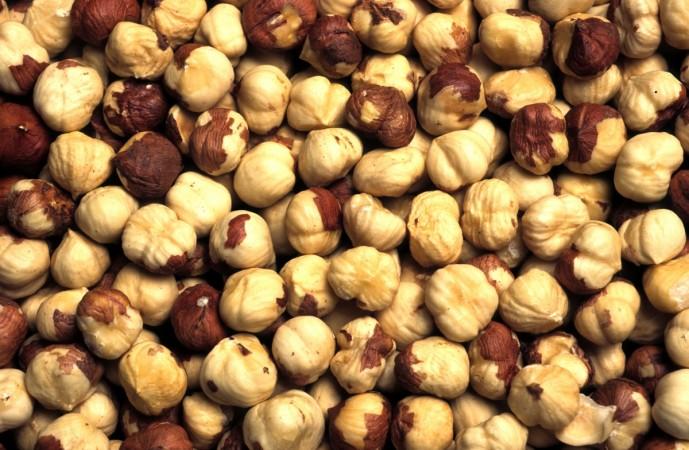
A recent study has found that hazelnut given to older adults as part of their diet for 16 weeks improved their nutritional status considerably. It was done to determine whether daily hazelnut consumption by healthy older adults for 16 weeks improves biomarkers of micronutrient status, especially vitamin E and magnesium.
In the study, 32 people aged 55 and older participated and they were given about 57 grams of hazelnuts - 2 ounces or about one-third cup - daily for 16 weeks.
The study was undertaken to determine plasma and serum concentrations of magnesium, lipids, glucose, insulin, and high-sensitivity C-reactive protein along with urinary vitamin E metabolites, blood and urine samples and anthropomorphic measures of the participants. It was undertaken by the Linus Pauling Institute at Oregon State University.
"This is one of the first times a study of this type has focused only on older adults," said co-author Alex Michels, a researcher at Linus Pauling Institute. "We wanted to fill in a piece of the puzzle - can hazelnuts improve the nutritional status of older adults specifically?" They studied Oregon hazelnuts, which account for 99 percent of US production of the nut, also known as the filbert.
Maret Traber, the study's corresponding author, a professor in the OSU College of Public Health and Human Sciences and the Ava Helen Pauling Professor at the Linus Pauling Institute. He says that it's hard to determine changes in α-tocopherol levels in the blood of older adults owing to elevated cholesterol levels which leads to more α-tocopherol being retained in the blood.
"So what we did instead was look at the urine to see how much of a vitamin E catabolite was in it. The catabolite should only increase if the body is getting enough vitamin E...They're also a great source of healthy fats, copper and B6. People don't like taking multivitamins, but hazelnuts represent a multivitamin in a natural form," he said.
The findings showed increased blood concentrations of magnesium and elevated urinary levels of vitamin E. Those who consumed hazelnuts once a week, had small but still significant benefit, while the ones who ate them seven times a week had nearly twice the benefit. The findings were published in the Journal of Nutrition.
Hazelnuts are known for essential vitamins and minerals and also nutrient-dense. Known to humans since at least the Mesolithic era, hazelnuts are the third most commonly grown nut, after almonds and walnuts. Italian hazelnuts top the market in price, followed by Turkey, US, Georgia and Azerbaijan.
Healthy Hazelnuts:
According to the Dietary Guidelines for Americans 2015-2020, Vitamin E is a micronutrient often in shortage and is consumed at levels less than the Estimated Average Requirement of 15 mg/day. In 2003, the US Food and Drug Administration said: "Scientific evidence suggests but does not prove that eating 1.5 ounces per day of most nuts, such as hazelnuts, as part of a diet low in saturated fat and cholesterol may reduce the risk of heart disease."
US Dietary Guidelines recommend that the majority of our fat intake may be unsaturated and hence, one serving of raw hazelnuts (28.35 grams, or about 21 hazelnuts) has 6 grams of monounsaturated fat and only 1 gram of saturated fat. A one-ounce serving of hazelnuts equals about 21 nuts.










